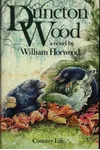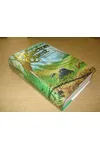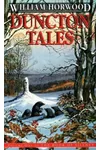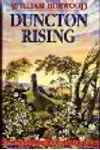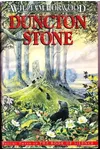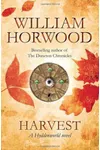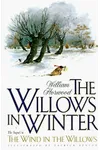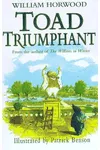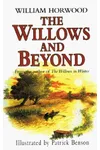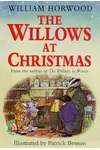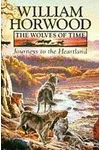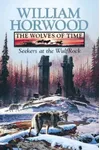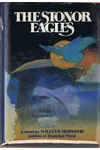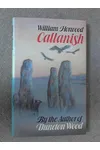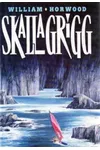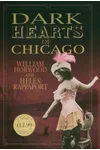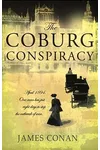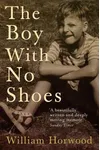Picture an English storyteller who turned a childhood of hardship into fantastical worlds of moles, eagles, and riverbank adventures—meet William Horwood! Born in Oxford in 1944, this master of British fantasy wove tales that blend heart, courage, and spirituality, earning him a devoted following. From the epic Duncton Chronicles to his charming sequels to The Wind in the Willows, Horwood’s stories invite readers into richly imagined realms.
His journey from journalist to beloved author is as inspiring as his books. With a knack for crafting anthropomorphic sagas that resonate with both kids and adults, Horwood’s work stands alongside classics like Watership Down. Ready to dive into his enchanting legacy? Let’s explore the man behind the moles!
The Making of William Horwood
William Horwood’s early life in East Kent was marked by challenges—parental separation, alcoholism, and time in foster care shaped a turbulent childhood. Yet, these struggles fueled his imagination. At 14, reading Frances Hodgson Burnett’s The Secret Garden sparked a lifelong dream to write. After studying geography at Bristol University, Horwood juggled jobs as a teacher, fundraiser, and journalist, eventually becoming a features editor at the London Daily Mail. In 1978, at 34, he left journalism to chase his literary calling, a bold move that birthed his first novel, Duncton Wood.
William Horwood’s Unforgettable Stories
Horwood’s debut, Duncton Wood (1980), an allegorical tale of a mole community, became an instant bestseller. This launched the Duncton Chronicles, a six-book saga blending adventure, romance, and spiritual quests. Its sequel trilogy, The Book of Silence, deepened the moles’ epic journey. Fans compare its depth to Tolkien or Richard Adams, with moles facing trials that mirror human struggles.
Beyond moles, Horwood’s versatility shines in The Stonor Eagles (1982) and Callanish (1984), standalone novels exploring human-eagle connections, rich with themes of exile and belonging. His 1987 novel Skallagrigg, tackling disability and trust, was adapted into a BBC film, showcasing his emotional range. Horwood also penned four acclaimed sequels to Kenneth Grahame’s The Wind in the Willows, including The Willows in Winter (1993), capturing the original’s charm with new adventures for Mole and Toad.
His Hyddenworld series and Wolves of Time duology further highlight his knack for blending myth and nature. Horwood’s style—lyrical, immersive, and layered with moral questions—makes his worlds feel alive, whether inhabited by animals or humans.
Why William Horwood Matters
William Horwood’s impact lies in his ability to craft stories that transcend age and genre. His anthropomorphic tales tackle universal themes—love, resilience, and redemption—making them timeless. The Duncton Chronicles inspired a generation of fantasy writers, while his Willows sequels kept Grahame’s legacy vibrant. His memoir, The Boy with No Shoes (2004), a raw recounting of his Kent childhood, resonated with readers, earning a Mind Book of the Year shortlisting.
Horwood’s advocacy for preserving natural spaces, like the Goodwin Sands near his childhood home, reflects the environmental heart of his work. His stories remind us of nature’s power and humanity’s connection to it, leaving a legacy that endures in fantasy literature.
- Born: May 12, 1944, Oxford, England
- Key Works: Duncton Wood, Skallagrigg, The Willows in Winter
- Notable Recognition: Duncton Wood nominated for 1981 Locus Award; The Boy with No Shoes shortlisted for Mind Book of the Year
Snag Duncton Wood or The Willows in Winter and dive into William Horwood’s spellbinding fantasy! Whether you’re a kid or just young at heart, his tales of courage and wonder await.
